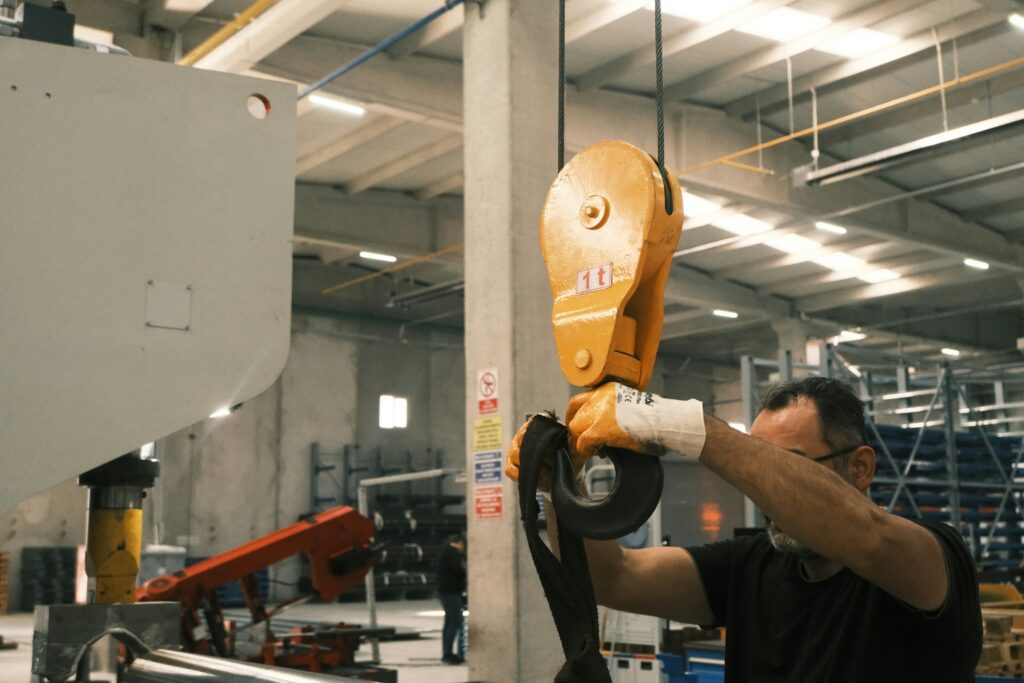The Hidden Dangers of Poor Manual Handling in the Workplace
Introduction
Every year, thousands of employees across industries suffer from injuries that stem from poor manual handling practices. While these tasks may seem routine—like lifting boxes, carrying equipment, or pushing trolleys—the reality is that they carry serious risks. Even seemingly simple tasks, when performed incorrectly or repetitively, can result in significant physical strain and long-term damage to workers’ health.
Many organizations underestimate the hidden dangers of poor manual handling, which can lead to increased costs, employee injuries, and productivity losses. As industries evolve and tasks become more physically demanding, the need to address manual handling safety is greater than ever.
The Cost of Ignoring Manual Handling Safety
When employers neglect proper safety measures for manual handling tasks, the consequences can be severe and wide-ranging:
1. Workplace Injuries
Back injuries, sprains, and repetitive strain injuries (RSIs) are the most common outcomes of poor manual handling. According to the Occupational Safety and Health Administration (OSHA), musculoskeletal disorders (MSDs) account for over 30% of all workplace injuries globally, often stemming from improper lifting techniques or the lack of mechanical aids.
2. Lost Productivity
Employees who suffer injuries on the job are often forced to take time off for medical treatment or recovery, which disrupts workflow. According to a study by the National Safety Council (NSC), workplace injuries result in over 100 million lost workdays annually in the U.S. alone, causing a significant loss in productivity and operational efficiency.
3. Increased Costs
Neglecting proper manual handling safety leads to higher compensation claims, medical expenses, and the costs associated with hiring temporary staff to cover for injured employees. Additionally, businesses may face legal penalties if they are found in violation of occupational safety regulations. Over time, these hidden costs can add up, severely impacting an organization’s bottom line.
4. Low Morale
When workers feel unsafe or experience frequent injuries, it can lead to reduced morale, higher turnover rates, and lower employee engagement. A study by Gallup found that employees who feel their health and safety are prioritized by their employer are more likely to be engaged and productive, contributing to a positive workplace culture.
Common Workplace Scenarios That Lead to Injury
Many risks arise from tasks that, at first glance, may not seem dangerous. However, over time, repeated exposure to poor manual handling practices can result in significant injuries. Common scenarios include:
1. Warehouse Operations
Lifting heavy boxes repeatedly without using mechanical aids (e.g., trolleys, forklifts) is one of the leading causes of back pain and injuries in warehouses. Manual handling accidents account for a large percentage of injuries in the logistics industry, where workers are often exposed to repetitive lifting tasks without proper training.
2. Healthcare Settings
Nurses and healthcare staff frequently lift or support patients without proper posture, often resulting in musculoskeletal disorders (MSDs), including chronic back pain and disc problems. Studies show that healthcare workers are at an increased risk of injuries due to repetitive patient handling tasks. Mechanical lifting aids are essential for reducing the physical strain on these workers.
3. Construction Sites
Carrying tools, cement bags, or scaffolding parts on construction sites exposes workers to high risks of injuries from lifting heavy objects, often in awkward postures. In the construction industry, poor manual handling techniques can lead to long-term damage, which can affect workers’ ability to perform their tasks.
4. Office Environments
Even in low-risk environments like offices, manual handling injuries can occur when employees move furniture, carry heavy files, or relocate printers without assistance. Back strain from these seemingly minor tasks can accumulate over time, leading to chronic pain and discomfort.
How Poor Manual Handling Affects Workers’ Health
Poor manual handling techniques, when combined with lack of awareness or poor training, can have long-term consequences for workers’ health:
1. Musculoskeletal Disorders (MSDs)
These disorders involve long-term damage to muscles, tendons, ligaments, and joints. Improper lifting techniques, such as bending over without using the knees, often lead to chronic pain and debilitating conditions that prevent workers from performing their tasks.
2. Back Pain & Disc Problems
Back pain is one of the most common injuries associated with poor manual handling. Lifting or twisting incorrectly can cause spinal misalignment and even damage intervertebral discs, resulting in chronic back problems that may require surgery or long-term rehabilitation.
3. Fatigue & Reduced Performance
Overexertion from poor manual handling can lead to fatigue, reducing a worker’s ability to maintain focus and productivity. A tired worker is more likely to make poor decisions or perform tasks unsafely, further increasing the risk of injury.
4. Accidents & Falls
Carrying heavy loads that obstruct vision or balance increases the likelihood of slips, trips, and falls. In environments where workers must navigate crowded areas or uneven floors, carrying loads can easily result in accidents.
Once workers develop chronic pain, it not only affects their professional life but also impacts personal wellbeing, leading to lost quality of life and mental health challenges.
Manual Handling Risk Assessment – A Vital Step
One of the most effective ways to minimize risks in manual handling tasks is through manual handling risk assessments. Employers should:
Evaluate tasks and identify risky movements, such as lifting from awkward postures or carrying heavy loads.
Assess the weight, size, and frequency of handling to determine which tasks need additional safety measures.
Consider environmental factors such as floor condition, space, and lighting that may contribute to manual handling risks.
Provide mechanical aids like trolleys, forklifts, or hoists wherever possible to reduce the physical burden on workers.
Risk assessments ensure that manual handling tasks are well-planned, safer, and more efficient, while also reducing injury risks and improving worker health.
Conclusion
The hidden dangers of poor manual handling extend beyond immediate injuries; they affect businesses financially, morally, and socially. Employers must prioritize risk assessments, training, and ergonomic practices to safeguard employees and create a safer, more productive workplace.
By addressing manual handling risks proactively—through training, equipment, and a focus on ergonomics—organizations not only meet legal obligations but also foster a culture of safety that benefits both workers and businesses. With fewer injuries and higher morale, companies can boost productivity and lower operational costs.


